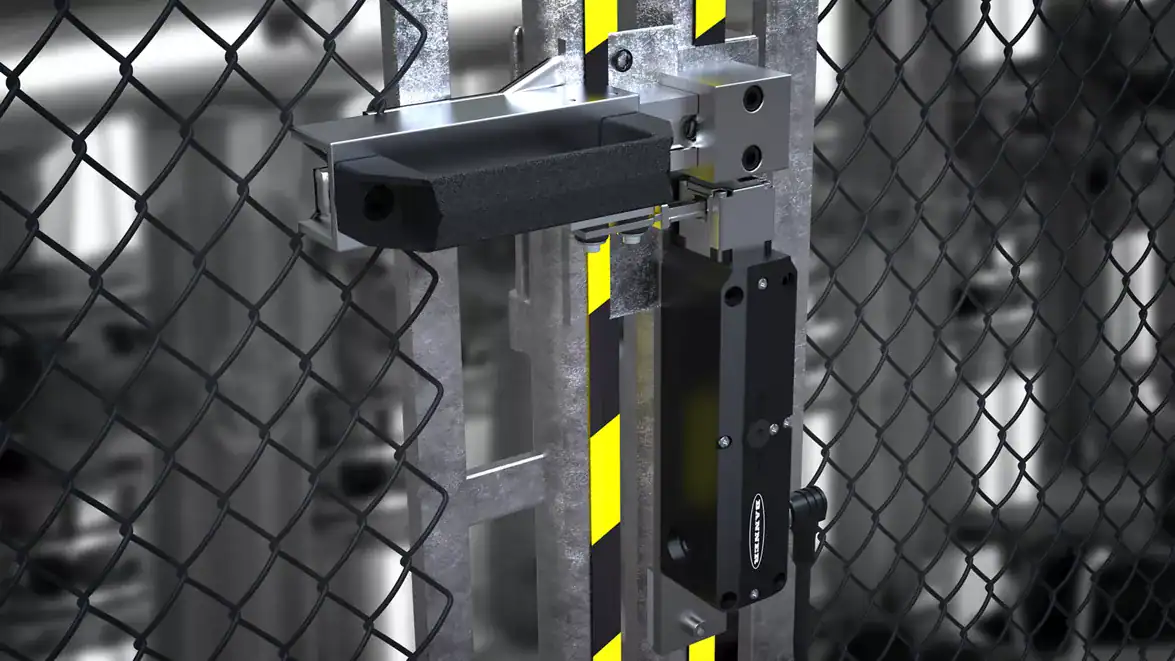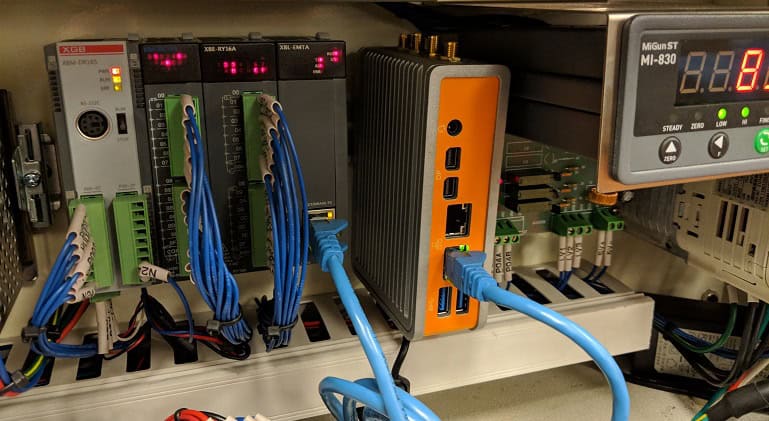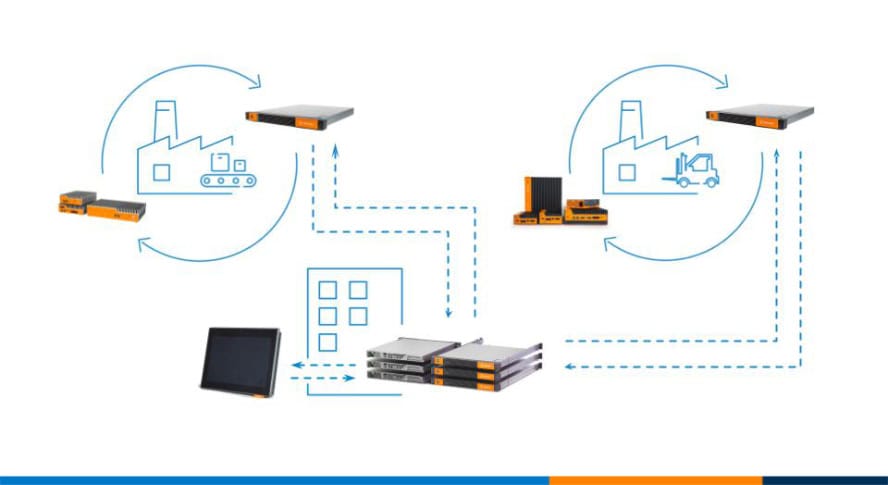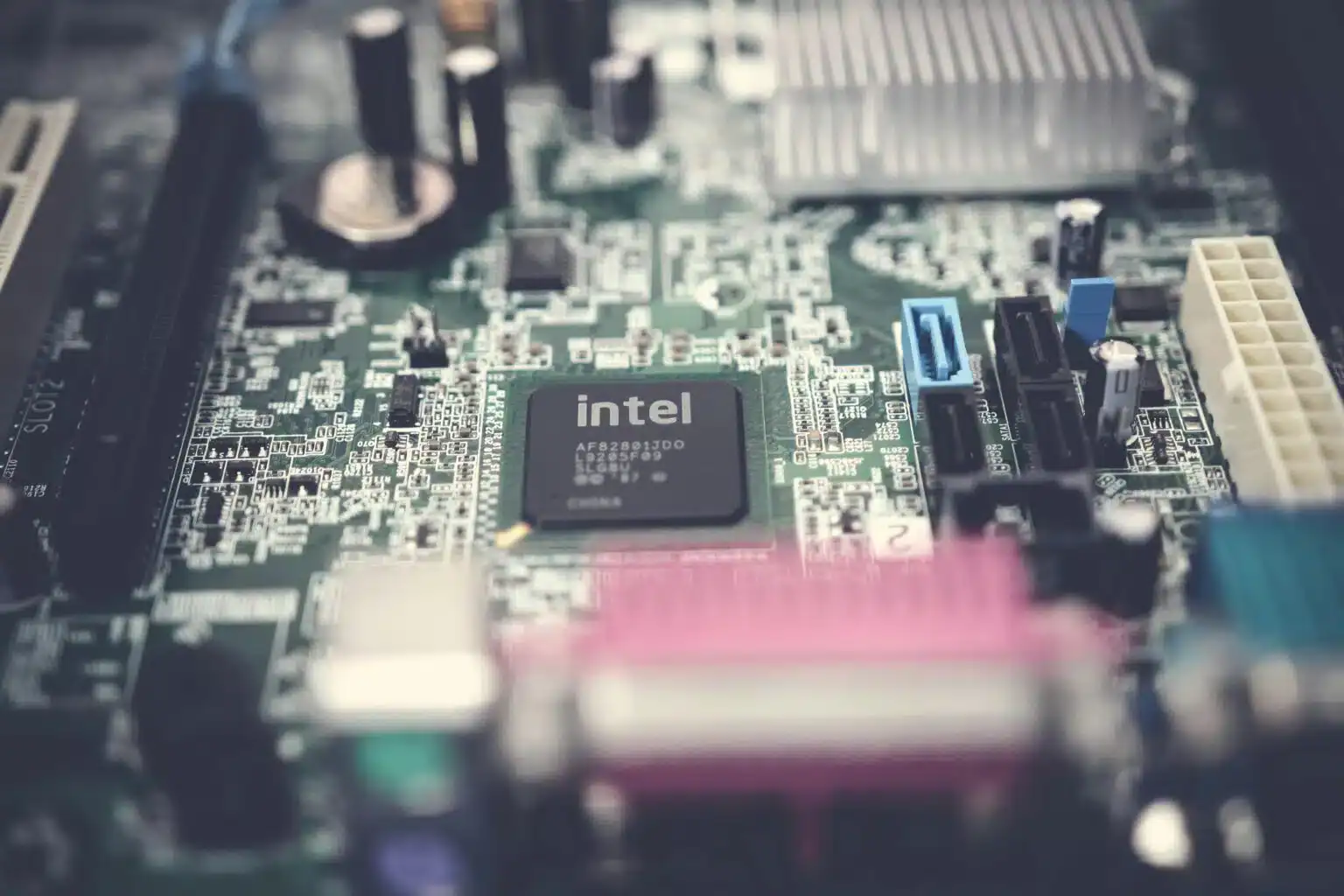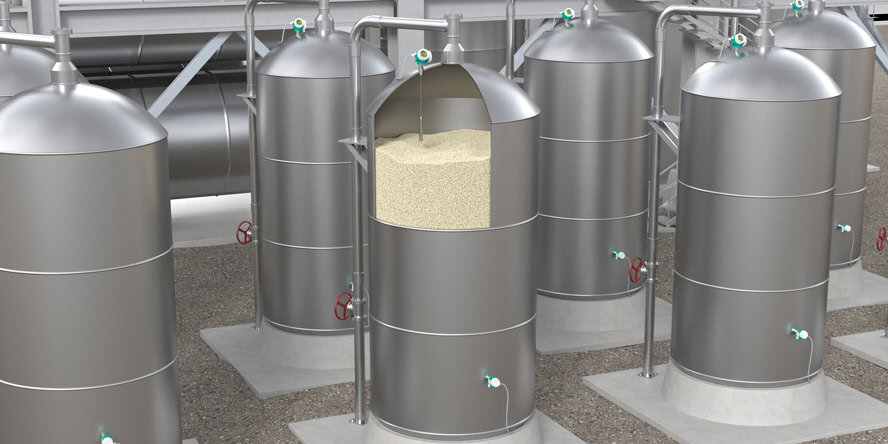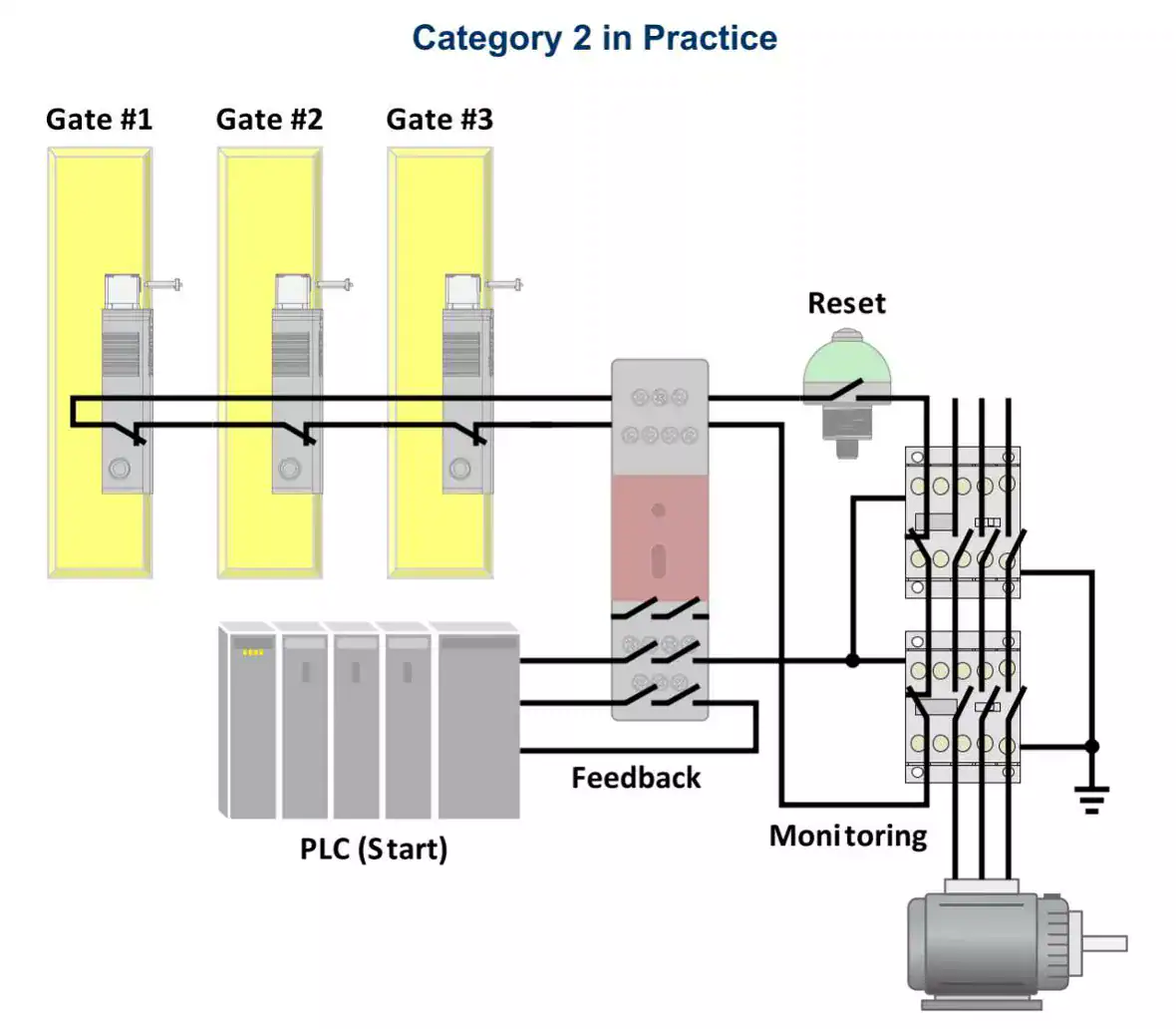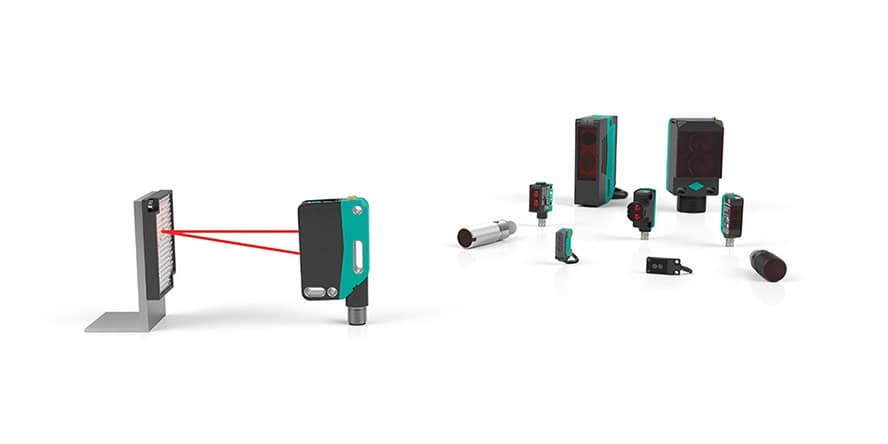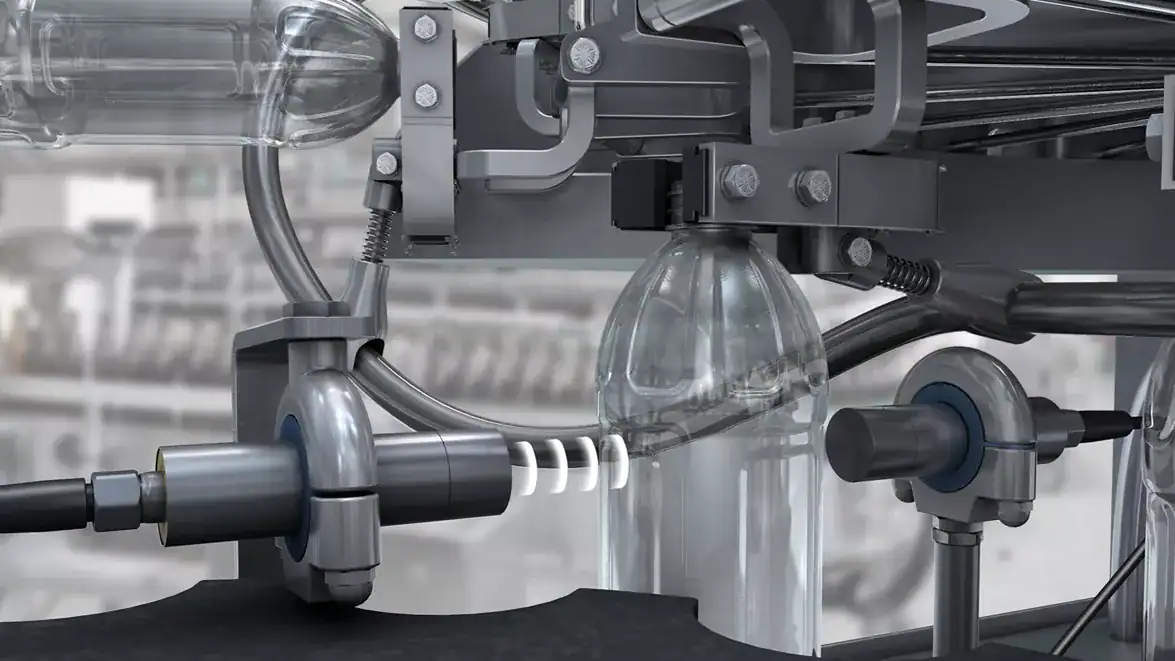Julius Frago
Recommended Reading: Features and Benefits of Banner’s SI-GL42 Guard Locking Safety Switches
This is an excerpt from a recent educational article by Banner:
Banner's SI-GL42 Guard Locking Safety Switches are at th...
Recommended Reading: Installing Fanless Computers: Important Dos and Don’ts
This is an excerpt from a recent educational article by OnLogic:
Fanless computers offer so many advantages including ve...
Recommended Reading: Edge AI Architecture: The Edge is the Place to be for AI
This is an excerpt from a recent educational article by Onlogic:
Now we get to the heart of the question – why, in many...
Recommended Reading: DDR5 vs DDR4: Does it Matter?
This is an excerpt from a recent educational article by Global American:
When shopping for PC memory, we consider the ca...
Recommended Reading: Meteor Lake – Redefining Intel Architecture
This is an excerpt from a recent educational article by Global American:
The brand-new Meteor Lake from Intel architectu...
Recommended Reading: Predictive Maintenance – how AI and the IoT are Changing Machine Maintenance
This is an excerpt from a recent educational article by Onlogic:
The Internet of Things (IoT) and artificial intelligenc...
Recommended Reading: Reliable Level Measurement—Why Two Different Technologies Are Crucial
This is an excerpt from a recent educational article by Pepperl+Fuchs:
There are two types of level measurement and leve...
Recommended Reading: Selecting the Right Safety Category Level for Interlock Switches
This is an excerpt from a recent educational article by Banner:
In safety standards, the term “category” is...
Recommended Reading: Frequently Asked Questions about Retroreflective Sensors and Reflectors
This is an excerpt from a recent educational article by Pepperl+Fuchs:
Retroreflective sensors from Pepperl+Fuchs are av...
Recommended Reading: Ultrasonic Sensors 101: Answers To Your Frequently Asked Questions
This is an excerpt from a recent educational article by Banner:
Ultrasonic sensors are devices that generate ultra-high-...

